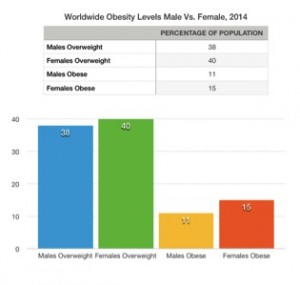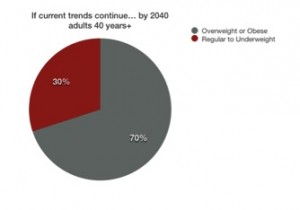Hi everyone,
I have a couple thoughts that I’d like to share in regards to today’s class. The first topic that drew my attention relates back to our discussion on Canada’s grade in the participation report card. According to the document we received a D-, we haven’t failed, but we do have a lot of room for improvement. This doesn’t come as much a surprise to me as my ability to memorize such an article itself. I’m not very good at retaining any facts, especially little fun facts; it was the way Steve developed his lesson to have us actively share with each other our thoughts that will allow me to always remember the letter, D-. The point I’d like to make is that it’s so obvious that we need to engage students in any subject we’re teaching if we want them to retain information. I’m sure all of us know this; it’s just funny because the theory was put into practice by Steve today, with myself as the participating learner.
Another thought I’d like to bring up is not as academic-related as it is ergonomic-related. I feel like the benches we sit on are not conducive to a healthy learning environment, or a healthy back. I saw that Meghan had the right idea as she stood up to relieve the ache, so I followed in her lead. I believe that if we had mats available to stretch on during the lesson, my attention would be geared more towards learning.
Thanks for reading,
Chris





